I tried to simulate (before building it) a double edge detector circuit that I found in this post.
When I simulated it, I got a decent pulse when I closed the switch but when I opened it, I got a spike more than a pulse.
Is it possible to improve the circuit to get a better pulse when I open the switch?
The pulse is sent to a 4040 binary counter.
